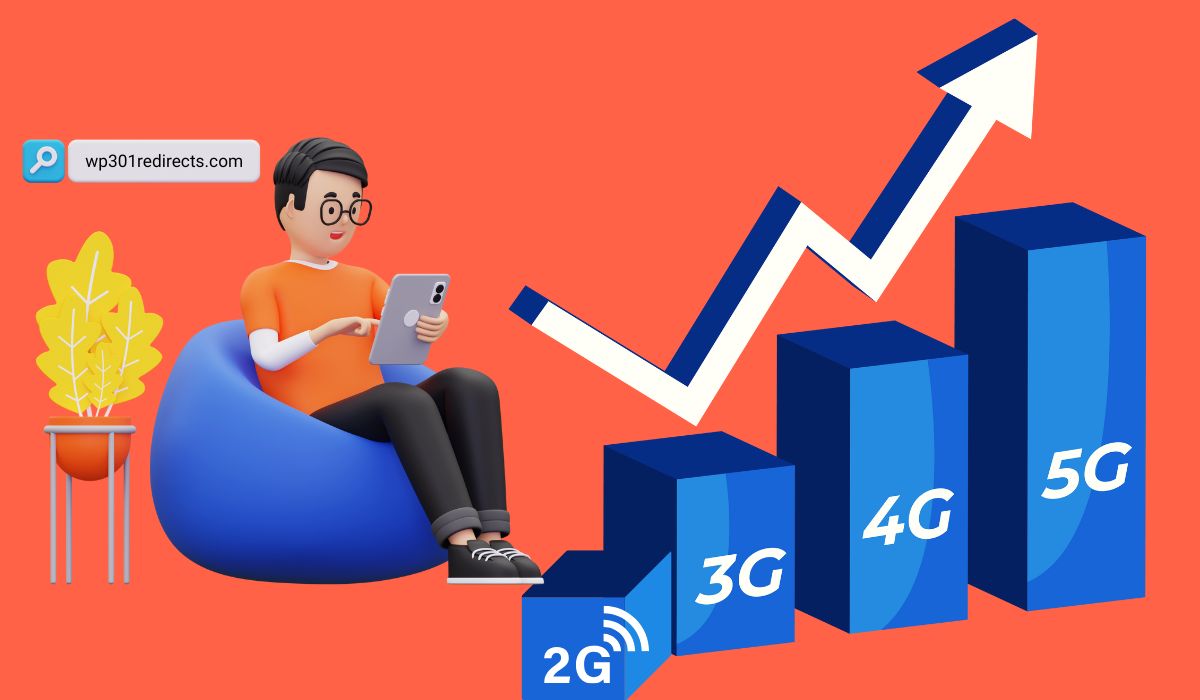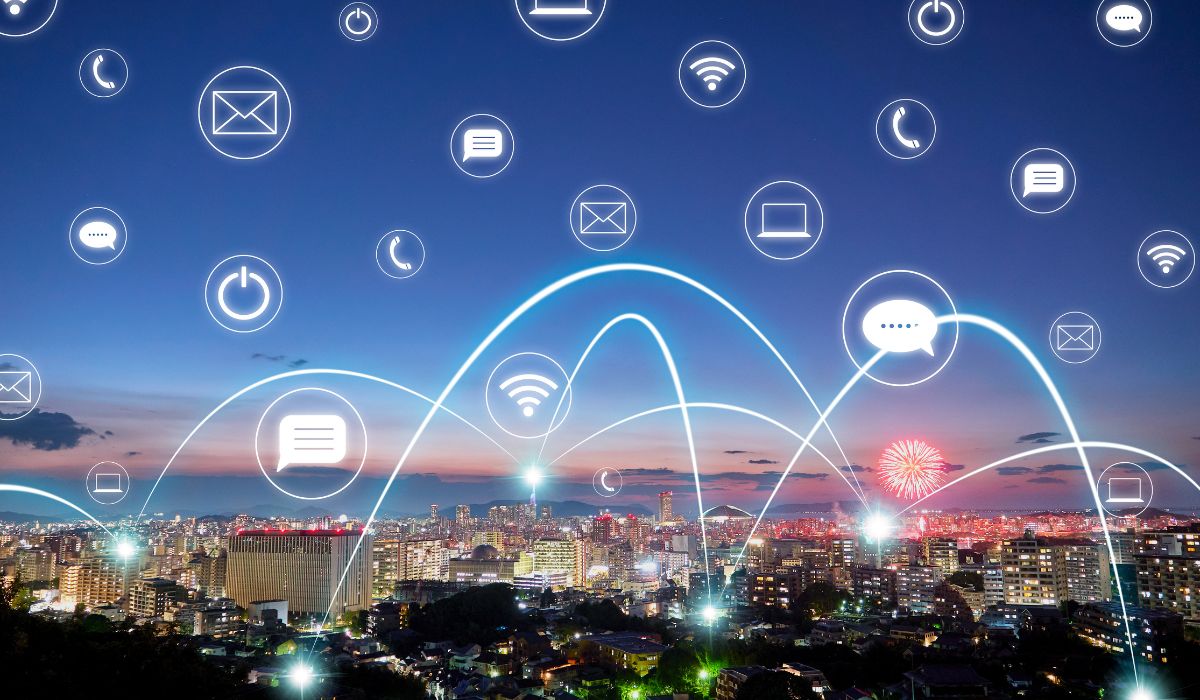If you’re a smartphone user, mobile shopper, or a student trying to understand how mobile networks work, this article is for you. You may have heard terms like 2G, 3G, 4G, and 5G, but what do they mean? And more importantly, what do they mean for your calls, your internet speed, and your phone’s performance?
In this guide, you’ll learn how each mobile network generation is different in terms of speed, service quality, device support, and where they still work. Whether you’re deciding on a new plan or trying to figure out why your old phone is slow, this will help you make smart choices without the tech confusion.
What Does Each “G” Mean in Mobile Networks?

The letter “G” stands for generation in mobile network terms. Every time mobile carriers improve their wireless systems, they launch a new generation. This isn’t just about speed; each generation also changes how calls, data, and apps behave on your phone.
2G was the first generation that used digital signals instead of analog. 3G made it possible to browse the internet and send emails. Then came 4G, which brought video streaming and mobile gaming to life. Now 5G is here, and it offers faster downloads, near-instant responses, and new tools for connected devices.
Each new step forward changed what people could do on their phones. Calls got clearer, apps ran faster, and videos stopped buffering. And while the “G” sounds small, the real change behind it is big.
2G vs 3G: From Simple Calls to Early Web Access
2G networks, built on systems like GSM and CDMA, allowed people to make digital voice calls and send SMS text messages. That was a big step up from 1G, which only supported analog calls. 2G worked well for basic communication, but it wasn’t designed for the internet.
Then came 3G, which brought mobile internet to life. People could browse websites, send emails, and even make video calls. While it wasn’t lightning fast, it was good enough for small apps and basic social media. CDMA2000 and UMTS were popular 3G systems used in many regions.
In terms of speed, 2G could only handle kilobits per second, while 3G boosted that to several megabits per second. That meant you could load a webpage in seconds instead of waiting for minutes. Audio quality improved too, with clearer and more stable calls.
Most early smartphones like the first BlackBerry and iPhone used 3G. It was the first time phones felt more like small computers. But as apps got bigger, 3G started to show its limits.
4G vs 5G: Speed, Delay, and What’s Possible Now
| Feature | 4G LTE | 5G |
|---|---|---|
| Max Speed | Up to 100 Mbps | Up to 10 Gbps |
| Latency | Around 50 ms | As low as 1 ms |
| Use Cases | Streaming, browsing, video calls | Smart cars, real-time gaming, IoT |
| Technology | LTE, VoLTE | mmWave, sub-6 GHz, SA/NSA |
| Coverage | Global | Expanding regionally |
4G, powered by LTE, made mobile video and HD streaming normal. It also brought VoLTE, which allows voice calls to work over the internet instead of switching to older networks. This led to better voice quality and faster call setups.
5G changes more than just speed. It reduces delay time, known as latency, making actions happen almost instantly. This helps with live gaming, video chats, and smart devices that need to react quickly—like self-driving cars or hospital tools.
Are These Networks Still Available Where You Live?

Many mobile providers have already shut down their 2G and 3G networks. In the United States, AT&T ended its 3G service in 2022. T-Mobile and Verizon followed with their own shutdowns. In other countries like the UK, India, and Australia, carriers like Vodafone and Airtel are also closing older networks.
4G remains strong and widely available. Most users today rely on it. It’s stable, fast enough for nearly everything, and supported by almost all smartphones. 5G, while still growing, is rolling out city by city. Coverage varies, but many urban areas already support it, especially from newer phones and larger carriers.
How These Generations Affect You and Your Phone
Battery life depends a lot on which network your phone connects to. Older 3G and 2G phones often worked longer on a charge, but they lacked the features we use today. Newer 5G phones can drain battery faster when switching between networks or when 5G signals are weak.
Before upgrading, check if your device supports VoLTE and if your SIM card works on newer networks. Some phones don’t support 5G even if the carrier does. Others may lose service if 3G shuts down and they don’t have 4G calling options.
If you’re not sure, contact your carrier. Ask about SIM card support, VoLTE settings, and whether your phone is ready for 5G. A new phone may be needed—not just for speed, but to stay connected at all.
Summary: Which One Is Best for You Today?
Choose 4G if you:
- Want stable service almost anywhere
- Use regular apps like WhatsApp, YouTube, and email
- Don’t need the fastest download speed
Choose 5G if you:
- Live in an area with strong 5G signal
- Do lots of HD streaming, gaming, or large file downloads
- Want a phone that’s future-ready for smart tools
Older networks like 2G and 3G are fading out fast. If you’re still on one of them, it’s time to upgrade. 4G remains the most balanced choice, while 5G offers extra speed if you really need it. Watch for news on 6G, but for now, most people will use 4G or 5G for years to come.
Have you already moved to 5G, or are you still using 4G? Share your thoughts or questions. If you found this article helpful, send it to someone who’s thinking about upgrading their phone.
